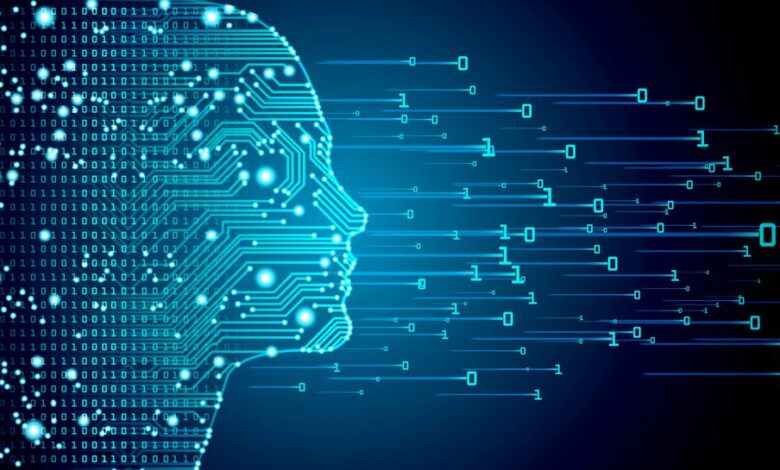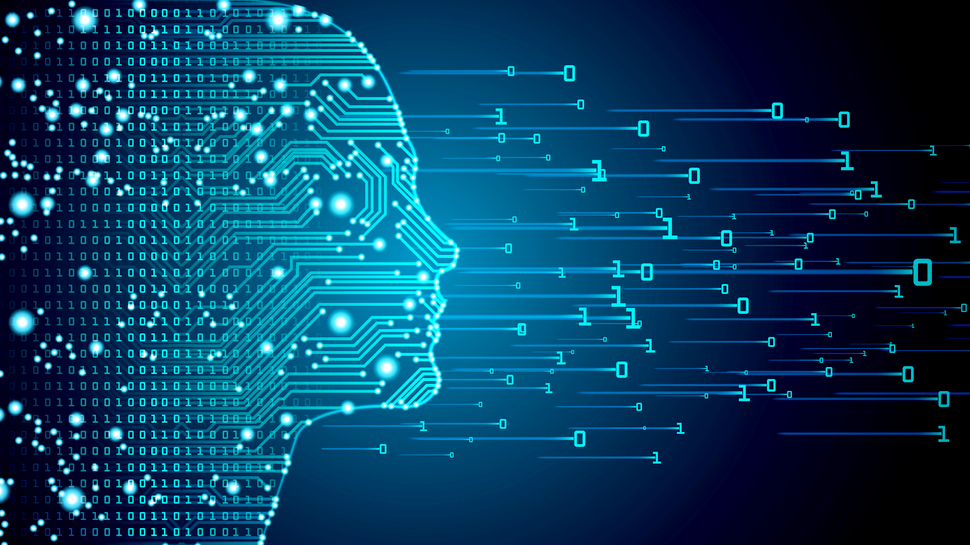AI: Maximizing innovation for good


AI is important for all of us, not just because of its future potential, but because it is already addressing the real challenges that businesses face today.
With AI, we have quickly developed a tendency toward “horizon scanning,” looking at hypothetical and long-term risks and opportunities far into the future. It’s easy to see why: Generative AI has already had a profound impact, creating excitement and concern around new applications that are straying into what was once considered science fiction.
However, we can temper some of our worst fears by recognizing AI as an embedded technology, one that can be used where and where humans dictate, and not as uncharted territory. AI tools have already been adopted across sectors, bringing benefits to businesses and wider society. Organizations are demonstrating how AI can be used responsibly, ethically and effectively, showing that we know how to do ‘good AI’, and that now is the time to use ‘AI for good’.
How exactly are these applications taking shape in the real world, and what strategies can decision makers implement to get the most out of AI?
Head of AI, CGI UK & Australia.
Increasing daily productivity in the workplace
There is no doubt about the impact of AI in streamlining today’s workplace ecosystems. However, the challenge – and opportunity – lies in communicating this effectively to decision makers and key stakeholders across the organization for more effective input.
The variety of AI tools now offers ways to optimize workflows in virtually every industry imaginable. From HR onboarding and training to quickly develop new skills, to automating repetitive or tedious tasks allowing employees to focus on the most rewarding parts of our jobs. AI is fundamentally redesigning the way we work.
For example, AI has revolutionized the approach to cross-sector work processes in manufacturing, construction and critical infrastructure. From streamlining data analysis and improving feedback mechanisms to laterally integrating AI into other technologies like drones and sensors, companies can optimize for employee safety and efficiency.
However, the human touch will always be necessary to determine how AI can provide value. Operations managers can move employees out of hazardous environments so they can focus on safe, high-quality tasks that improve overall productivity and power embedded tools. The increased value that AI enables opens up new avenues for reskilling and upskilling, sustaining productivity in the long term.
Using AI to improve sustainability practices
Due to growth, digitalization has become a more embedded part of the operational strategy, increasing the profile of the sustainability objectives. AI helps companies monitor and report pollution and emission levels, providing predictive insights into available pathways to avoid bad decisions and improve their footprint, for example by identifying potential carbon sinks.
AI analytics is the cornerstone for organizations to improve renewable energy operations and reduce production more effectively. When AI is integrated into a broader network of sensors and field touchpoints, it becomes a sophisticated central nervous system that provides decision makers with proactive, reactive, and mitigating feedback.
Ultimately, comprehensive data analytics unlocks access to strategies that address sustainability challenges. For example, more than 12% of CO2 emissions are the result of deforestation and environmental fires. Therefore, the implementation of AI tools allows governments and non-governmental institutions to paint a better picture of ecological landscapes and map forest degradation.
Supporting the vulnerable with AI-enabled healthcare
AI has especially transformed healthcare. By weaving functionality into established processes, doctors can improve the efficiency and diagnosis rate of diseases, as we have seen with the University of Helsinki’s work on detecting cerebral hemorrhages. The AI solution works by helping radiologists interpret CT scans to detect common non-traumatic brain bleeds, facilitating better care delivery.
By matching patterns from historical diagnoses, these solutions provide deeper insights into complex medical problems. Working hand-in-hand with medical and social care providers, AI complements the way critical medical data is interpreted and shared between departments. This greatly improves the speed of diagnosis and the effectiveness of the care provided.
These are important tools that have improved the functions of health care, by protecting and strengthening vulnerable communities and supporting those who need it. The inherent benefit of the positive feedback loop that AI provides allows healthcare providers to actively learn from experiences in a more efficient manner, making current initiatives resilient and sustainable.
Ensuring that AI meets the needs of the organization
Companies need to understand that AI technology is here to stay. Strong AI strategies consider the purpose and objectives of considering AI, explaining the processes by which companies can prove value and absorb the rapid pace of change, taking into account the technology itself.
The implementation must ensure that the solutions effectively connect to the IT infrastructure that is already in place. Digitization, digital transformation and upgrading existing systems, as overarching initiatives, require planning and understanding how these will impact broader business functions.
However, that doesn’t mean it has to be slow or cumbersome; One of the joys of AI is the ease with which it can put powerful new capabilities in the hands of teams. When due diligence is conducted effectively, AI integration can become the linchpin to taking business practices to the next level – increasing productivity, efficiency and reducing costs. The opportunities for improvements cannot be underestimated, especially when we look at broader contexts beyond just the industrial or financial sectors.
Ultimately, going too far in implementing AI can create a situation where integrated tools muddy the waters and dilute the effectiveness of their intended use. By looking at specific use cases and implementing them in a thoughtful and deliberate way, organizations can make a tangible impact that avoids ‘horizon scanning’.
We have listed the best collaboration platform for teams.
This article was produced as part of TechRadarPro’s Expert Insights channel, where we profile the best and brightest minds in today’s technology industry. The views expressed here are those of the author and are not necessarily those of TechRadarPro or Future plc. If you are interested in contributing, you can read more here:




